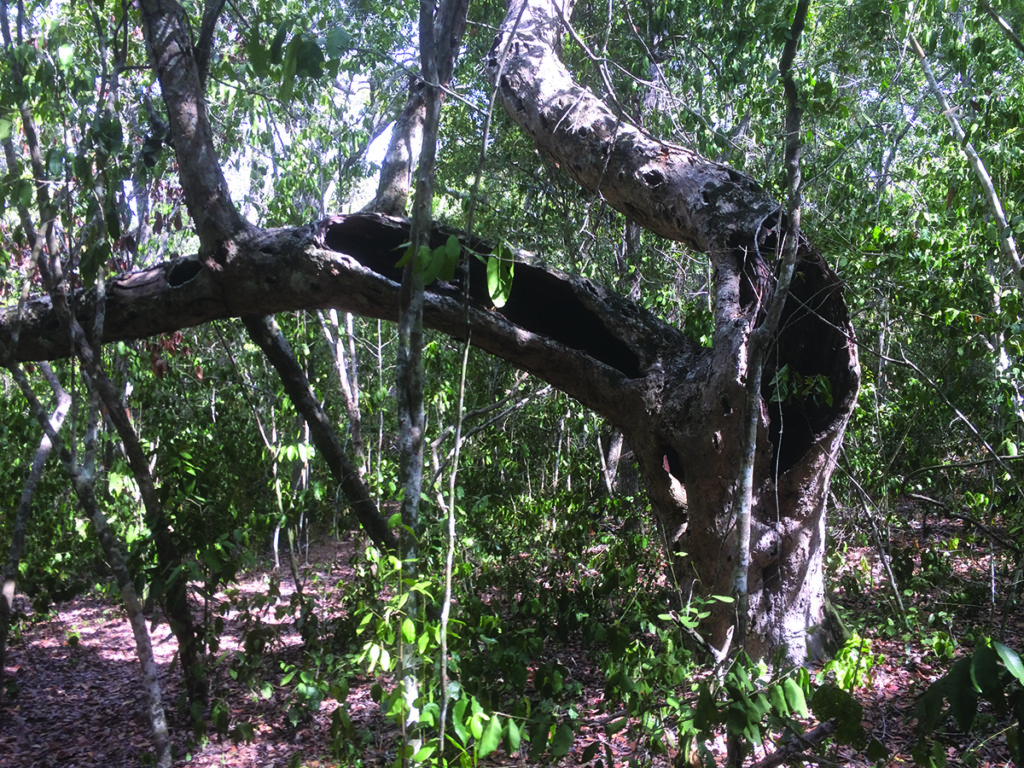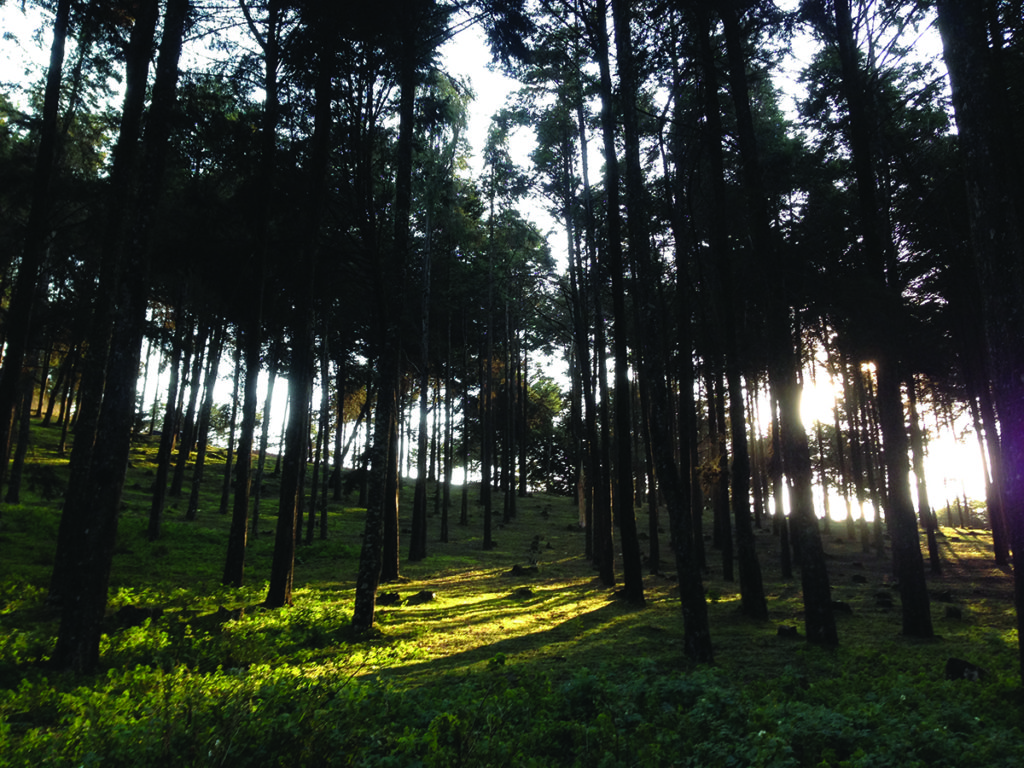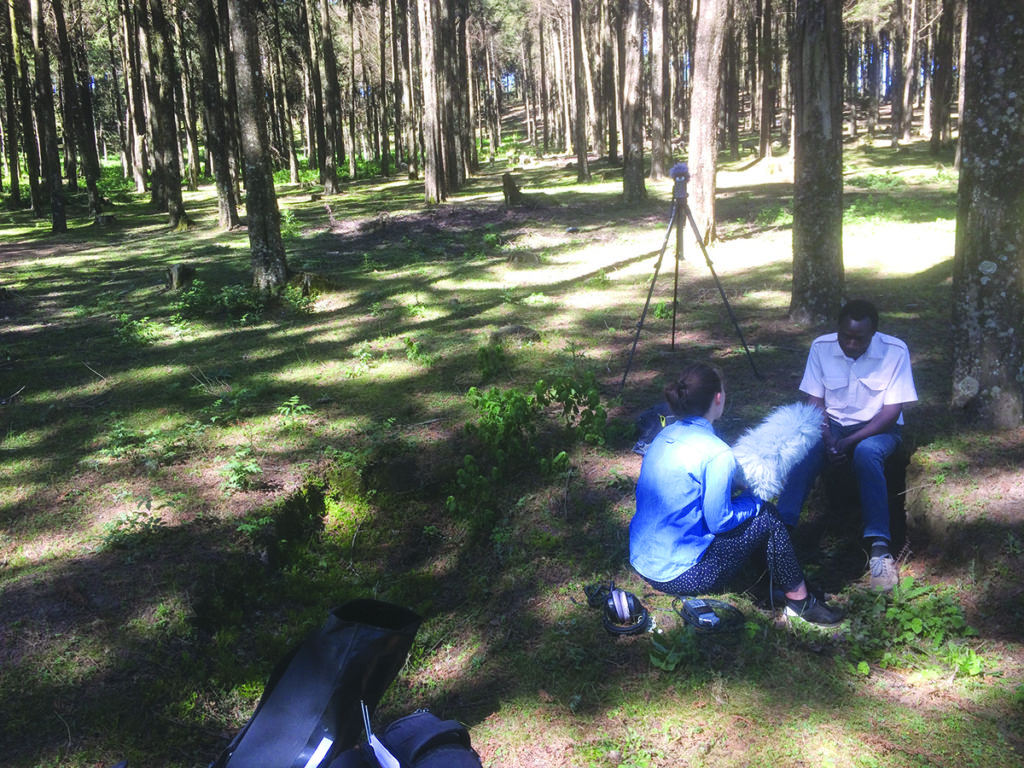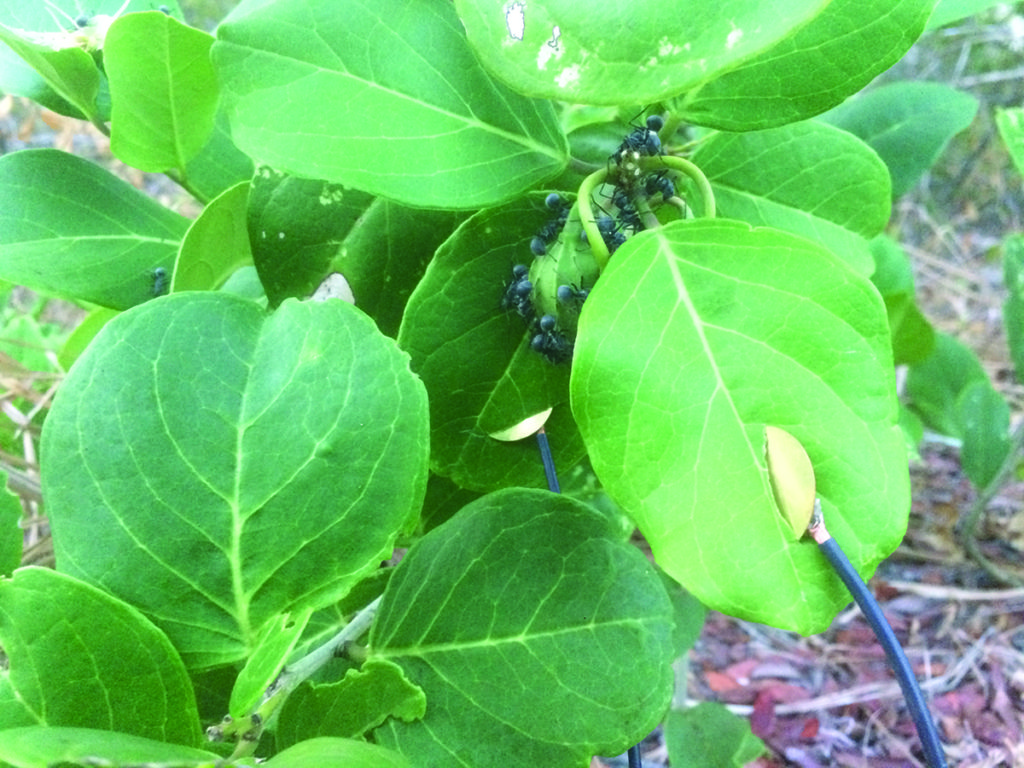

Forest Scapes is a body of work that researches the impact of colonialism on landscape through sound.
I am researching in forests in Kenya. The aim is by listening into these forests to rethink the relationship between colonialism, people, places and plants and to reassemble their hierarchies in history.
How can a place, a situation be known through sound and through the methods of listening? And how can this knowledge shape postcolonial discourses.
Listening makes you aware of your surrounding by placing you in time and space and therefore makes you evaluate your position in the environment amongst other sounding entities, these might be human, non-human, material or organic. Hence sound can be thought of as medium that requires relations. It articulates the listening body as a relational being.
This very much opposes the ideology of European imperialism of the 16th century onwards which established a clear hierarchy amongst humans, plants, animals. Its concept is based on division not relation. This ideology of devision is deeply engrained in the European society and is shaping the way how people sense the world around them up to today. Listening is therefore a practice and sound a medium that questions the core ideas of the divisional concepts of the European imperialism and colonialism.
Forest Scape considers different aural material to compose an ambivalent picture of the past, taking in account the agency of the different players in the constellation.
Together with atmospheric recordings of the forests readings from archival forest reports from the colonial period and interviews with people living with and in the forest the collection consists of detailed recordings of trees, done with super sensitive contact mics. These reflect the vital forest network in which trees communicate with each other and care for each other. Understanding trees and plants as actor which can make decision allows us to understand them as participators in history. This is another notion which questions the nature-culture division enforced and expanded in the imperial and colonial ideology.
So far I have visited two very different forests: The Kereita Forest Block, a plantation of Cypresses, an exotic species to Kenya introduced by the British, the colonial power in Kenya from 1895-1964. And the Arabuko-Sokoke Forest, the largest stretch of tropical coastal forest on the east African coast and a biodiversity hotspot.
Kereita Forest Block and Arabuko-Sokoke-Forest are two sound installations produced within that body of work.
Forest Scapes – Essay Collection are six essays that contemplate on my experiences in the forests.

